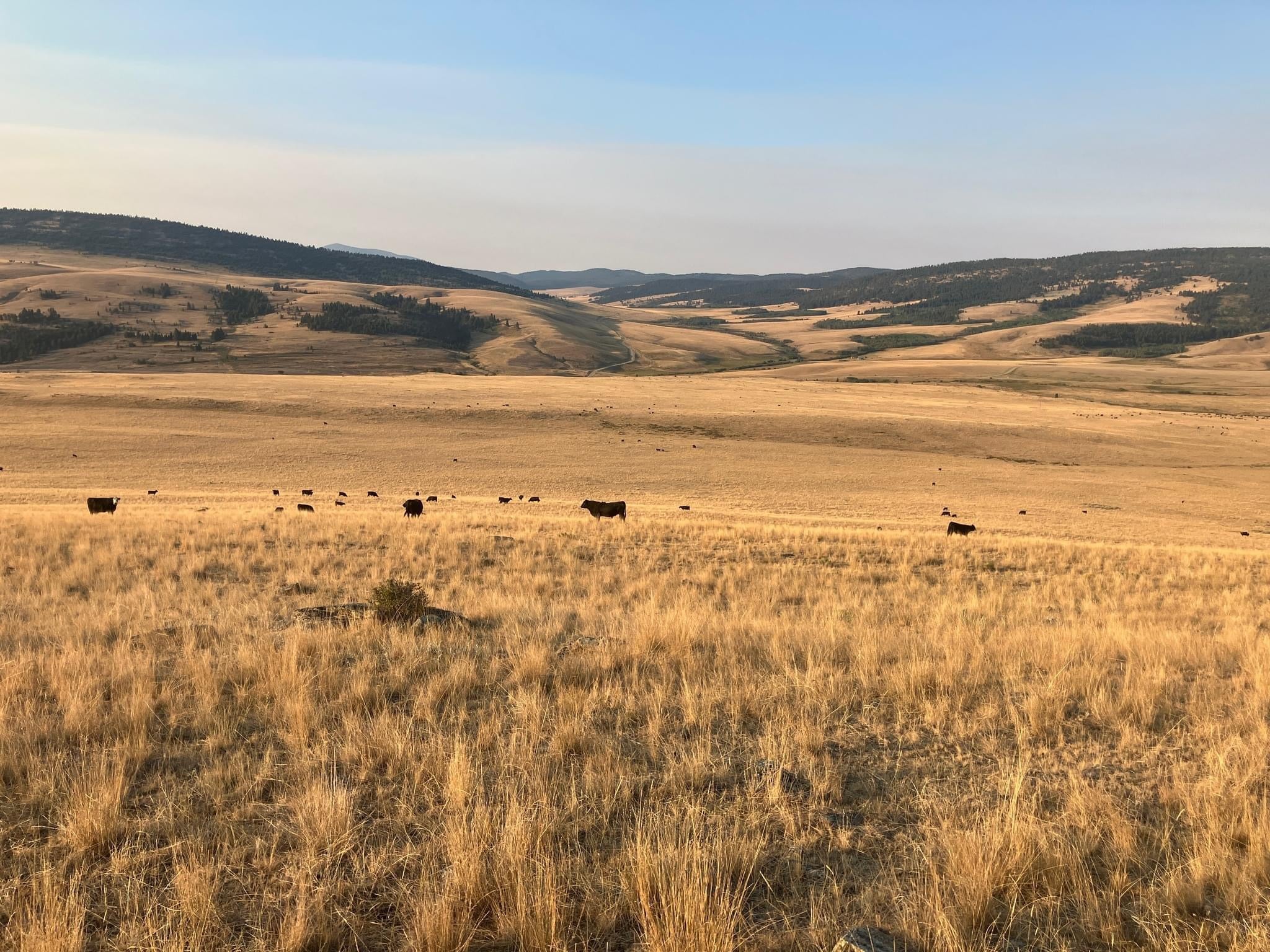Arm Roasts
Arm Roasts
Couldn't load pickup availability
Arm Roast.
Time transforms. Flavor builds. Simple becomes memorable.
Comfort, elevated.
Share
Essentials
Collapsible content
Characteristics:
• Rich hearty texture
• Higher marbling content
• Cross-cut with visible muscle grain
• Ideal for slow-cooking
• Naturally well-marbled
Cooking Tips:
The Perfect Arm Roast
Before You Begin:
Room temperature. 1 hour. Critical for even cooking.
The Ranch Brand Method
• Low and slow. Dutch oven. Brown on all sides.
• 30 minutes per pound. 325°F.
• Patience yields tenderness.
• Liquid level halfway. Never fully submerge.
• Add vegetables at halfway mark.
• Rest. 20 minutes.
• Redistribute the juices.
Temperature Guide
• Medium: 145°F
• Medium-Well: 155°F
• Well: 165°F
We recommend medium.
What You'll Need
• Heavy Dutch oven
• Coarse salt
• Fresh cracked pepper
• Optional: beef broth, onions, carrots, potatoes
Three Rules
• Brown thoroughly before braising
• Keep liquid at halfway mark
• Never rush the process
For Maximum Flavor
Salt. Pepper. Aromatics.
Let the braise work its magic.
The Cut:
The Arm Roast
• Cut from the chuck primal's shoulder portion
• Located in the upper forearm section
• Harvested from the humerus bone region
• A moderately sized workhouse cut per animal
• Represents approximately 5% of total beef yield
What Makes It Special
• The arm muscles engage in constant movement
• Structured around the upper forelimb bone
• Results in deep, robust beef flavor
• Cross-section of muscle fibers creates distinct grain
• Contains significant connective tissue marbling
Ranch Brand Standards
• Cut to include the signature round arm bone
• Must retain small eye muscle group intact
• Selected from Choice grades for optimal results
• Aged to begin natural tissue breakdown
• Trimmed to 1/4 inch external fat cover

Join the Platinum Herd
First selection. Limited releases. Exclusive gatherings. Beyond membership.
FAQ's
How long does a Arm Roasts keep in the freezer?
Arm Roasts can last in the freezer for:
- 4-12 months for best quality
- Up to 12 months is optimal for larger cuts
- Technically safe indefinitely if kept consistently at 0°F (-18°C)
For best results:
- Wrap tightly in plastic wrap, then freezer paper or heavy-duty foil
- Remove as much air as possible
- Label with date of freezing
- Store at consistent temperature
- Place newer items behind older ones
While the roast remains safe beyond 12 months if properly frozen, you may notice:
- Freezer burn
- Tougher texture
- Less flavor
- Drier meat
To check if a frozen roast is still good:
- Look for ice crystals (normal) vs. grayish-brown leathery spots (freezer burn)
- Check for any strong off-odors after thawing
- Ensure packaging isn't torn or damaged